
If you are going to a swamp like the one in (A), make sure you bring your boots because swamps are full of mud and organic material. The organic material comes mostly from plants that have died. Over millions of years this carbon-rich mixture may be preserved as a bed of coal like the black layer in (B). Do you see the opening cut into the layer of black coal? That is the entrance to an old coalmine.
(A) Division of Natural Resources, Navaho AML Reclamation and (B) Chris Keane, American Geological Institute, courtesy of Earth Science World Imagebank
Last modified January 6, 2004 by Lisa Gardiner.
You might also be interested in:

Kingdom Plantae has almost 300,000 different kinds of plants. Plants are found all over planet Earth. They can live in fields, in swamps, in oceans and in the desert. They can live where it is hot and
...more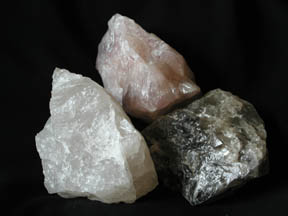
Spotting minerals is fun! There are many different types of minerals. Each has a different name and special traits. You can learn more about minerals by looking closely at them to understand their special
...more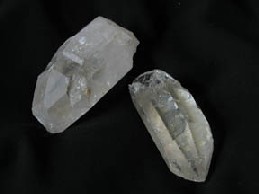
This mineral is called quartz! Sometimes it looks white like milk but usually it looks clear like glass, sometimes with a little pink or gray tinge of color. You can find crystals of quartz in many different
...more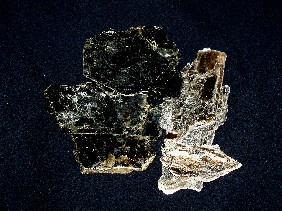
Mica minerals make some rocks sparkle! Look for them in your igneous and metamorphic rocks. Do they make your rocks sparkle? They break into flat plates because they have cleavage.
...more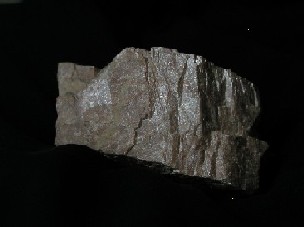
This is a feldspar mineral! Look for it in igneous rocks where it looks like white or pink crystals. You might find it in other types of rocks as well.
...more
The mineral that is green is called olivine! Look for it in igneous and metamorphic rocks. In this picture, olivine is filling a hole in the igneous rock.
...more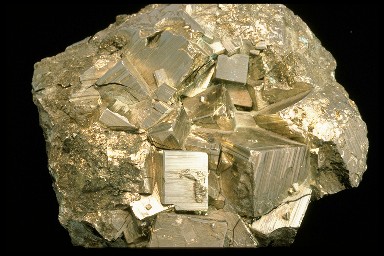
There are at least 2000 minerals on Earth. That's a lot of minerals! But you don't need to know all of them to spot the minerals lurking in the rocks of your backyard. That is because only a small number
...more















